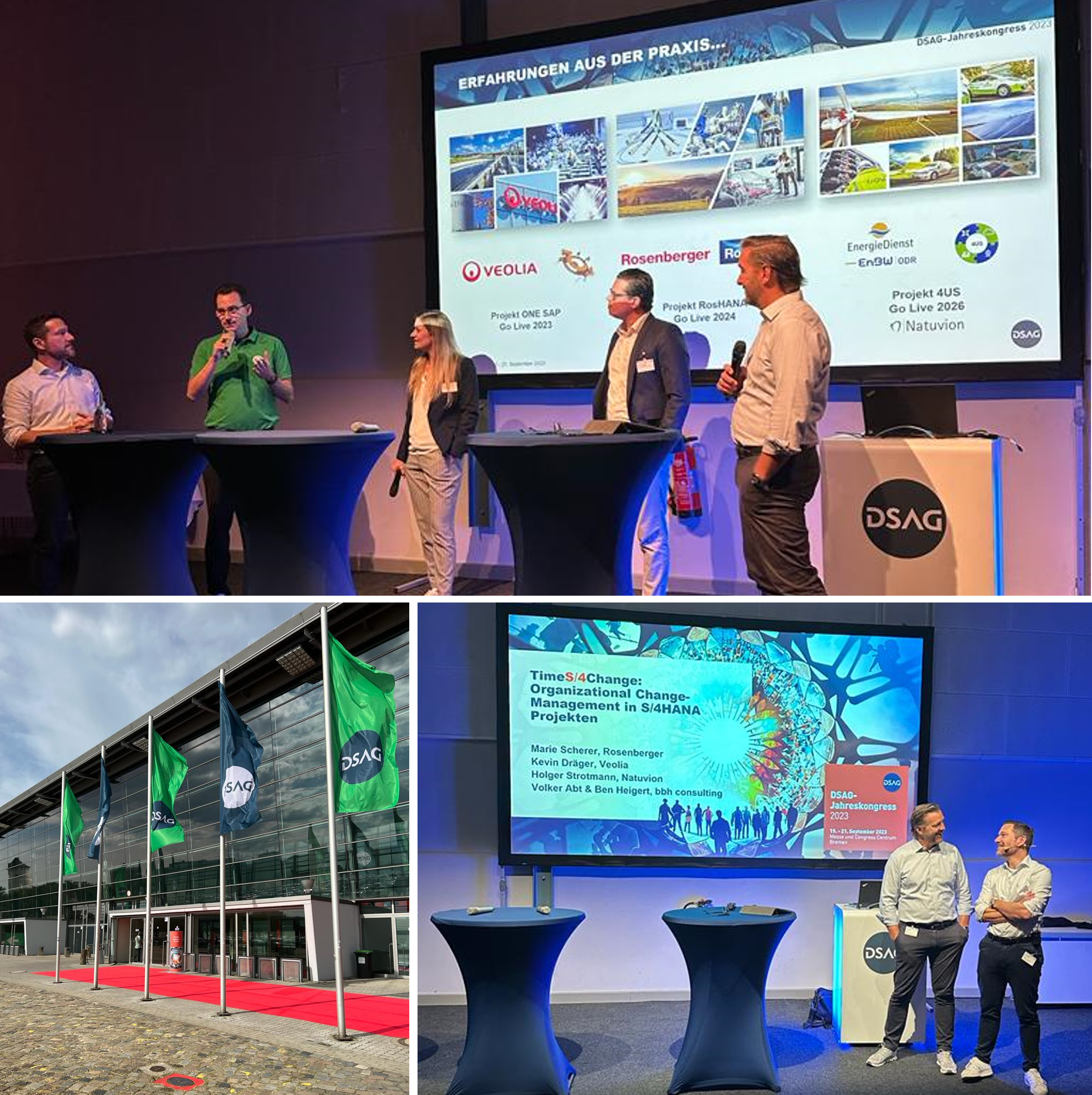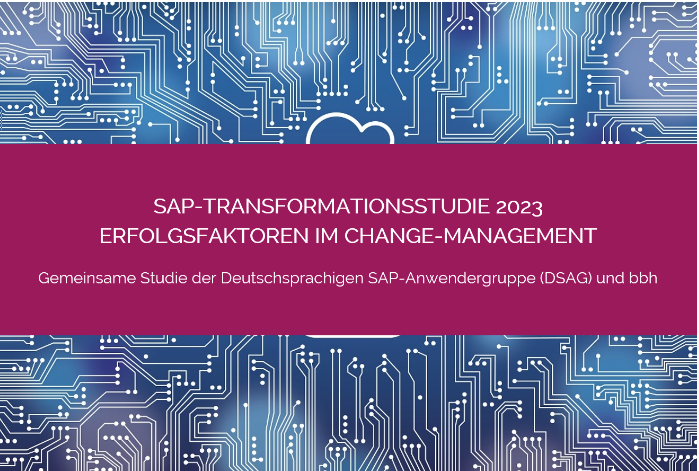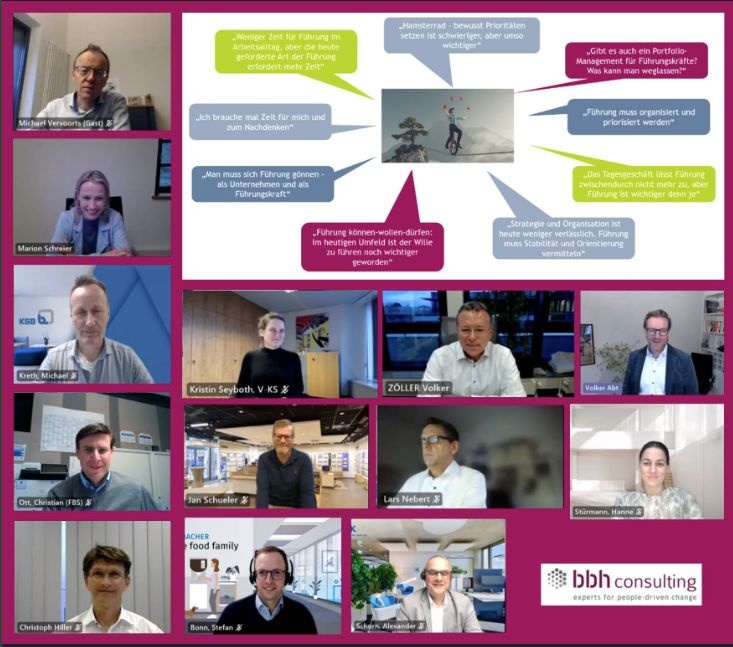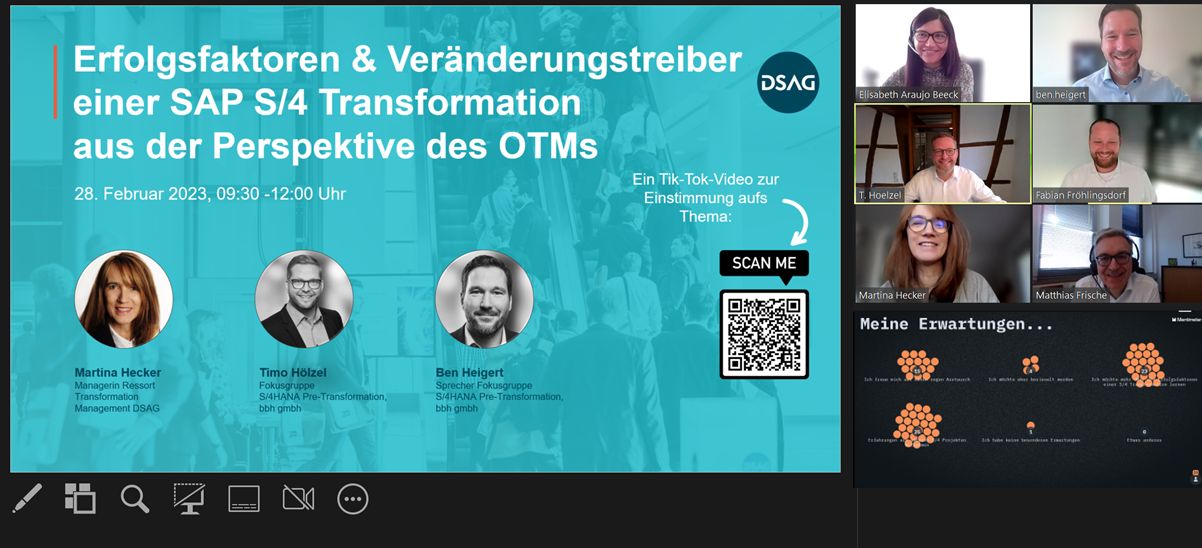Communication in transformations –
confident, threatening, boring or rousing?
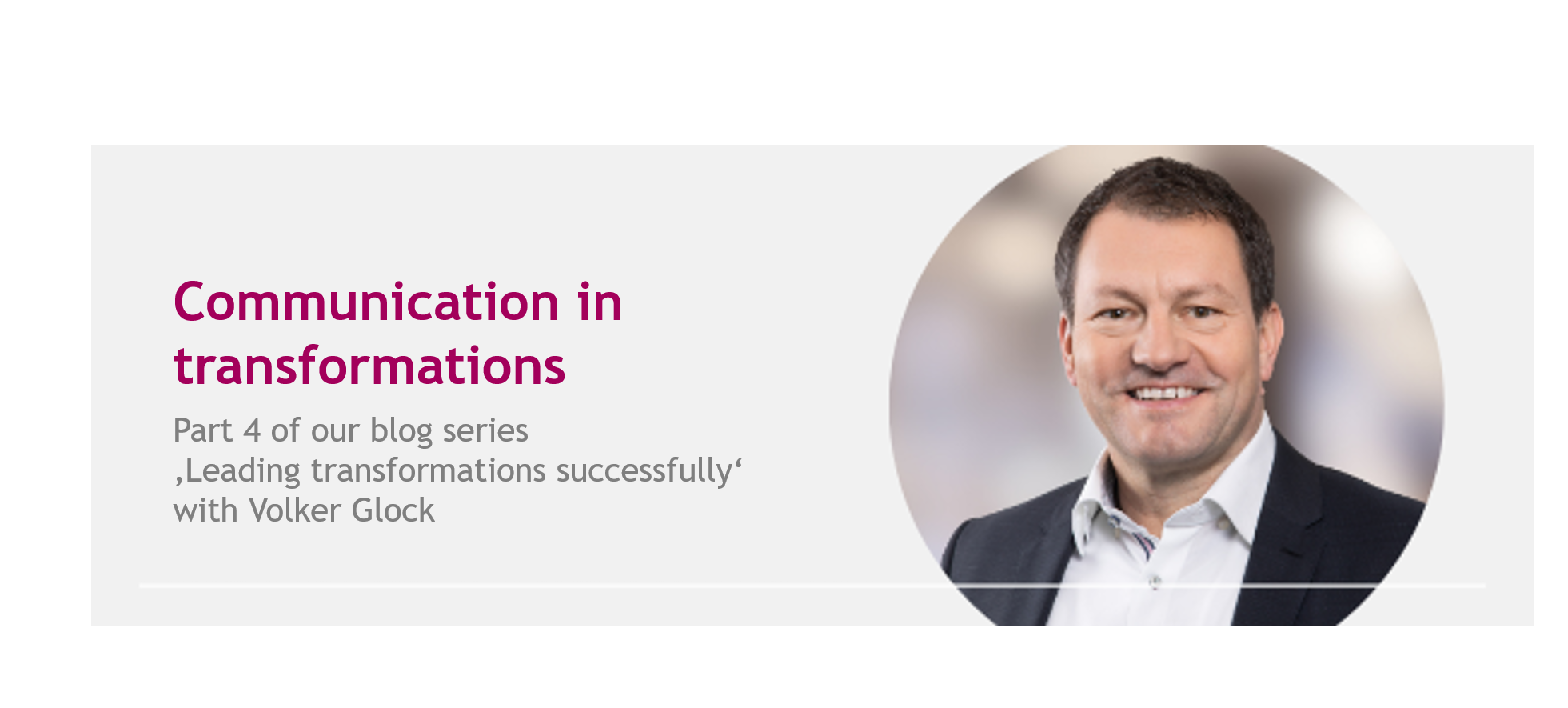
In our previous article, Christoph pointed out that lacking a convincing storyline is a real “change killer”. I would like to deal with communication in transformation processes in more detail here and give some tips to ensure that a project does not fail due to a lack of or incorrect communication.
In my experience, if you ask someone what is particularly important in change management, the first answer you will always get is: “Communication!” If you ask someone looking back on a transformation process what could have been done better, the most frequent answer is again: “Communication!” So the importance of communication is definitely on the minds of managers and project leaders: not enough communication, or if the communication fuels a negative attitude toward the change can be very damaging to the progress. But this also shows that you can’t win a pot of gold with just general communication, because you can never please everyone: With one and the same communication, one person feels bored by too many details and another might still feel underinformed. For one it is too flowery, for the next too sober. So the question is not how perfect communication looks like, but what to look out for so that the topic of communication and information does not become a change killer.
As you know, there are two dimensions of information and communication: The WHAT (“Convincing storyline staying in people’s minds”) and the HOW (“Open and honest dialog with all stakeholders in a positive basic mood”).
WHAT 1: Convincing Storyline…
When designing and launching a transformation, we unfortunately often miss the opportunity to work out the benefits for the company and the people affected in a very targeted manner and to put them in a convincing, ideally even inspiring story. From the very beginning and at all times, we must be able to answer the question: Why are we doing this at all? And what is in for me?

The storyline is needed to create a willingness to change among all stakeholders. And frank and honest communication can be helpful in demonstrating the need for change and the urgency of the situation. To support plans, reasons-why and goals, it can also make sense to argue with boring facts. However, with all of these more rational reasons, don’t miss the chance to make people excited about the future as well. This is how you ensure that the communication content appeals to different personality types.
WHAT 2: …staying in peoples’ minds!
Major transformations usually require a change in the mindset of many people. For this mindset or people change, communication is a lever that can support this change process. In the daily flood of information, it is therefore important to work out central messages and to formulate them simply and memorably, but consciously in new language patterns. And to repeat them again and again during the transformation journey. Particularly when tackling complex, fundamental and long change processes, it is helpful to develop a kind of project brand. A nice, recognizable logo and a catchy slogan help to create a common identity and also ensure consistent communication.

HOW 1: open and honest dialog…
The importance of communication is recognized. Too often, however, the topic of communication degenerates into oneway information – from the project team or top management to the rest. Potential for improvement lies in setting-up new platforms for continuous dialog. And the most important thing is the emotional aspect that this conveys: Transparency, openness and, above all, honesty. Not everything necessarily has to be communicated immediately, but never-ever should the impression be created that management or project leaders are acting with a hidden agenda. If information is provided, it should also be provided honestly, no matter how tough the messages may be. Otherwise, mistrust and the danger of losing people arise.
HOW 2: …with all stakeholders…
At the beginning of a transformation, the project management must define as precisely as possible in a high-level roadmap who should be informed when, how, and about what. In this context, proactive stakeholder management with target group-specific content and messages throughout the entire process is essential, especially in complex projects. All available communication channels and formats should be used, played with, and sensibly orchestrated. Only if communication can be established and maintained permanently and across all levels will employees feel that they are being involved.
HOW 3: …in a positive basic mood
Our change study has shown that successful changes differ from less successful ones in the fact that those who are responsible have not only succeeded in creating a positive mood toward the change, but also in maintaining it throughout the entire process. This is not surprising: new behavior patterns are learned much more easily in a positive mood than in a tense or even anxious mood. Therefore, it is important for communication not only to send out rational and maybe threatening messages and facts, but above all to convey courage and confidence. Official communication is important, but even more so are the personal leadership impulses in everyday life that grow trust and give people confidence.
Read more about the role of leaders in a transformation in the next article in our blog series by Timo Hölzel.

CV snippets
- Academy for Marketing Communication, Frankfurt
- Since 1992 consultant at BBH
- Lecturer at DHBW Mosbach, trade faculty
What makes BBH so special in my view
The special way of creating change processes: authentically, humanly and with lots of expertise. But always with fresh ideas as well as the ambition to find tailor-made solutions and to ensure the necessary sustainability during/after the implementation.


